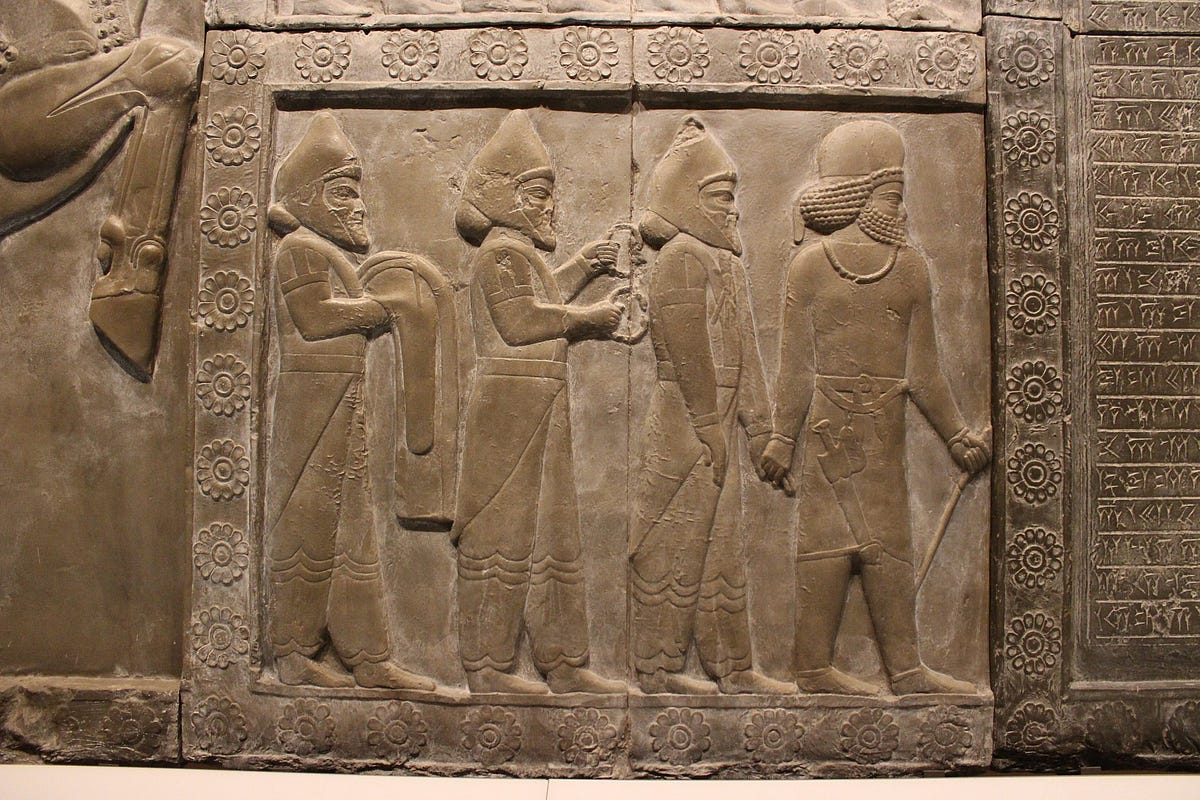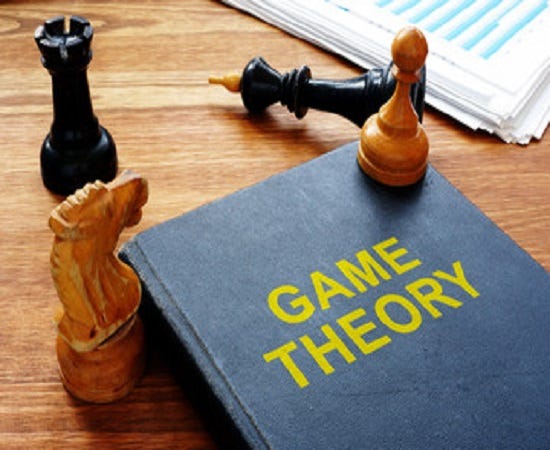Matthew “Matt” Kafker is a recent summa cum laude graduate of the University of Oregon, where he studied physics and mathematics. Outside his current responsibilities, Matt Kafker is an avid reader. One of the books he recently enjoyed reading was A New Kind of Science, the acclaimed work by Stephen Wolfram.
Known for his Mathematica computer language, Wolfram works to gain a better understanding of the universe through A New Kind of Science. In the book, he painstakingly outlines a new way of looking at complex systems to break them down into more easily understood parts. He turns to cellular automata, which are 256 programs governed by simple rules that are not mathematical in nature.
Ultimately, Wolfram argues that mathematical models fail to explain biological systems, but the nonmathematical rules of cellular automata can explain something as complex as stream eddies or even the spots on a leopard. A New Kind of Science ultimately looks at the natural world through a lens of simple rules rather than mathematics to create a new system for breaking down complexity.
Known for his Mathematica computer language, Wolfram works to gain a better understanding of the universe through A New Kind of Science. In the book, he painstakingly outlines a new way of looking at complex systems to break them down into more easily understood parts. He turns to cellular automata, which are 256 programs governed by simple rules that are not mathematical in nature.
Ultimately, Wolfram argues that mathematical models fail to explain biological systems, but the nonmathematical rules of cellular automata can explain something as complex as stream eddies or even the spots on a leopard. A New Kind of Science ultimately looks at the natural world through a lens of simple rules rather than mathematics to create a new system for breaking down complexity.


















